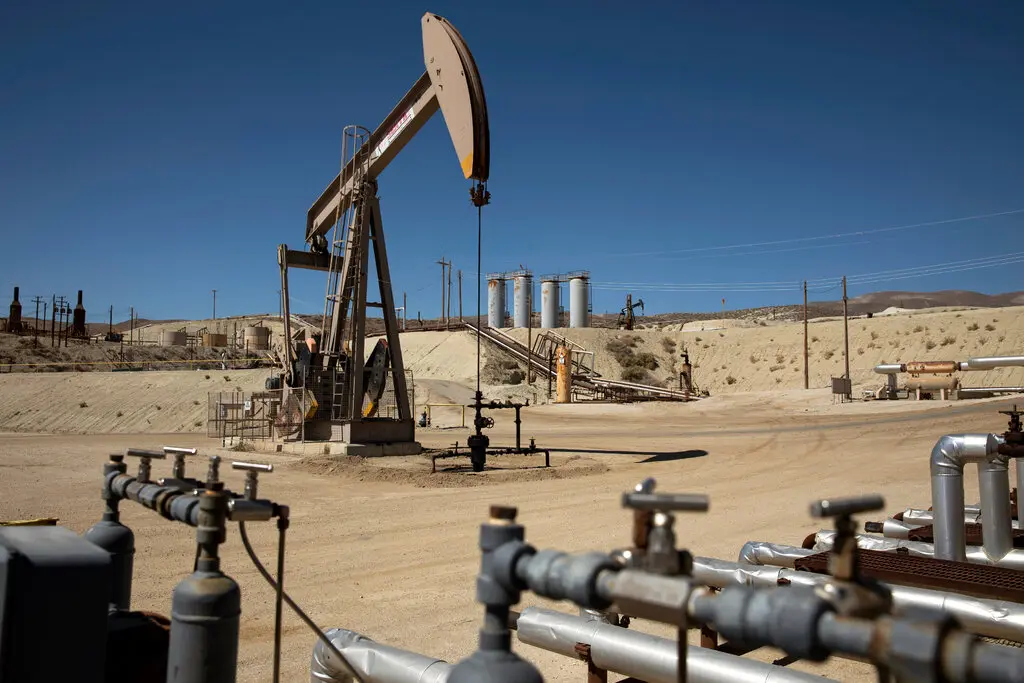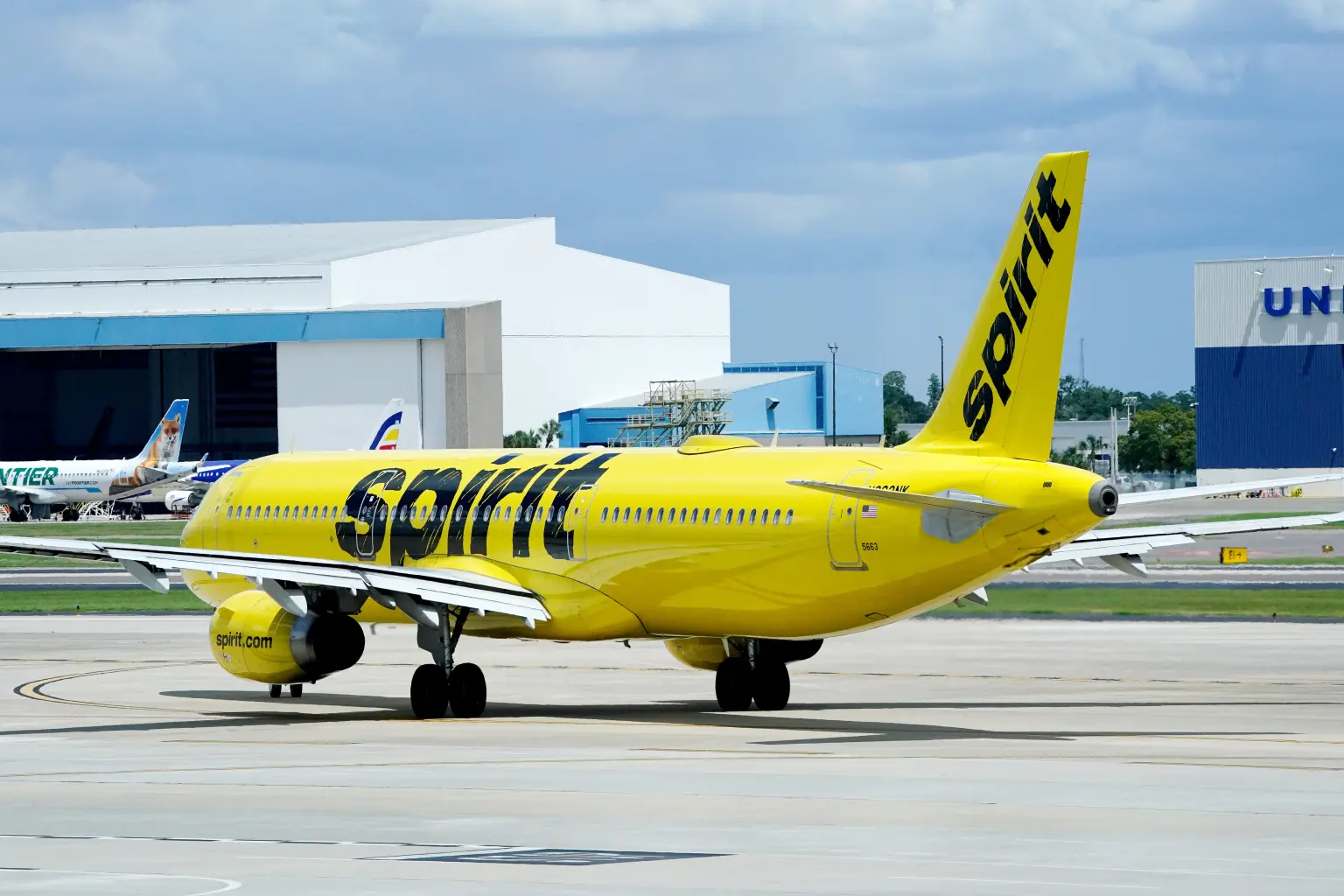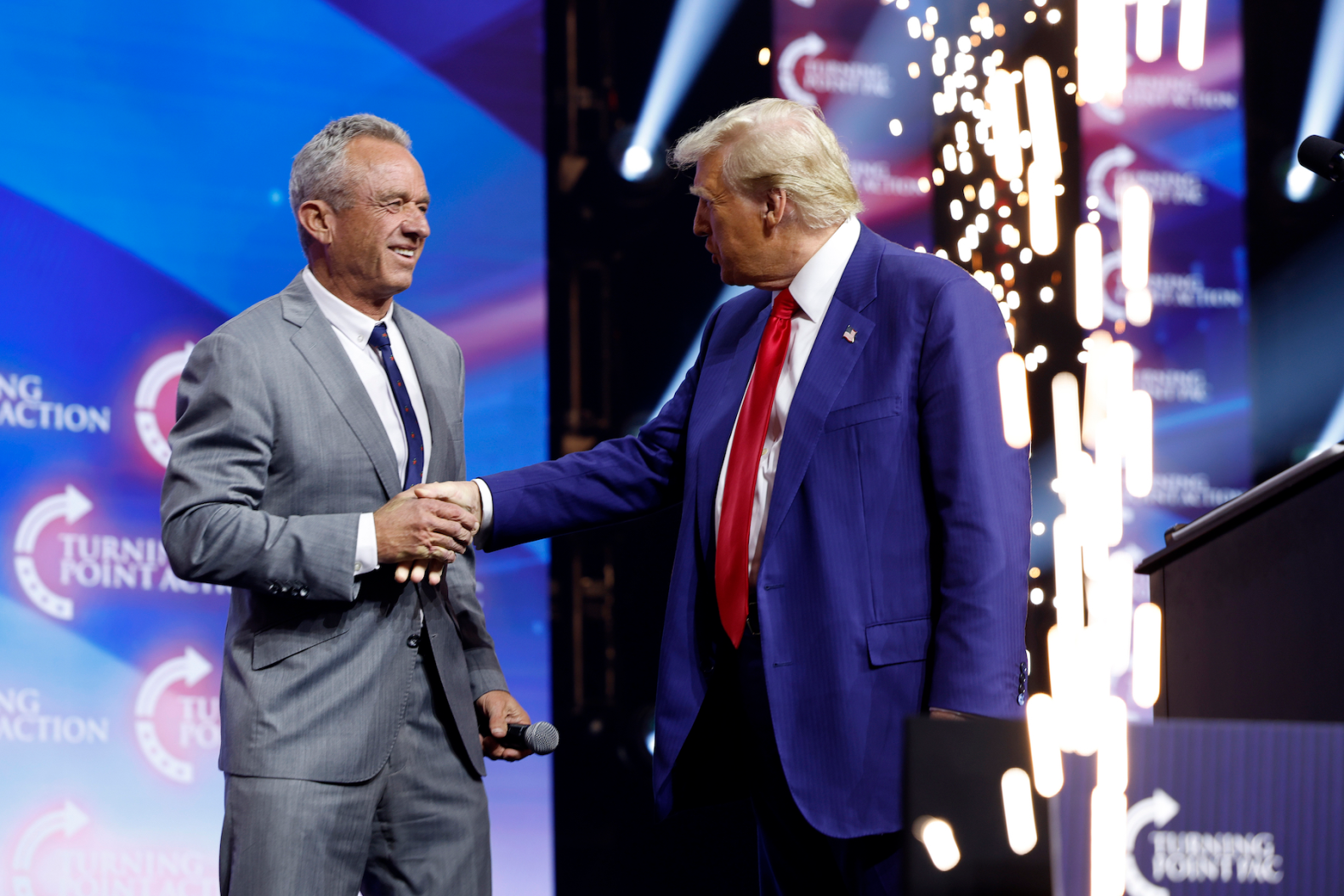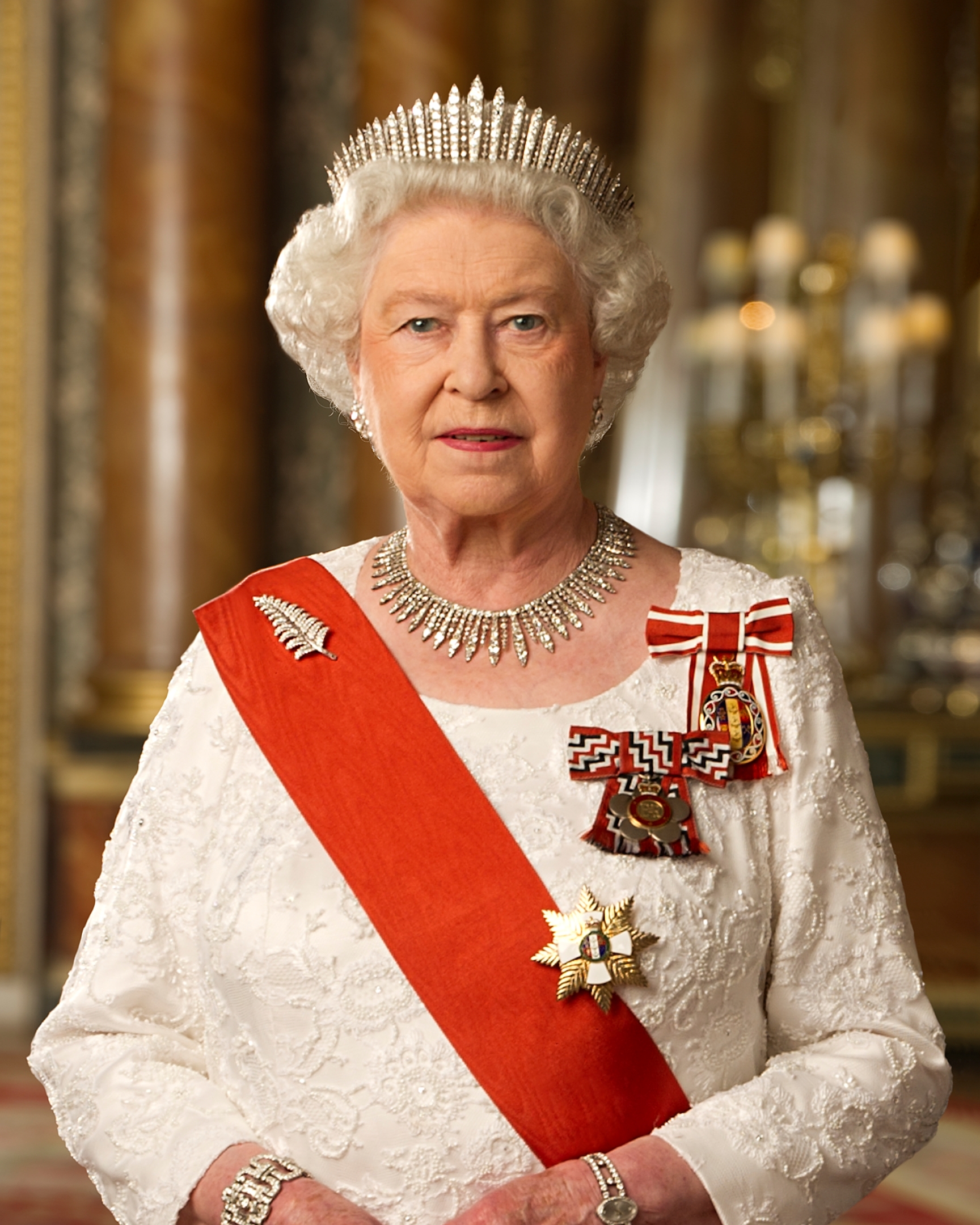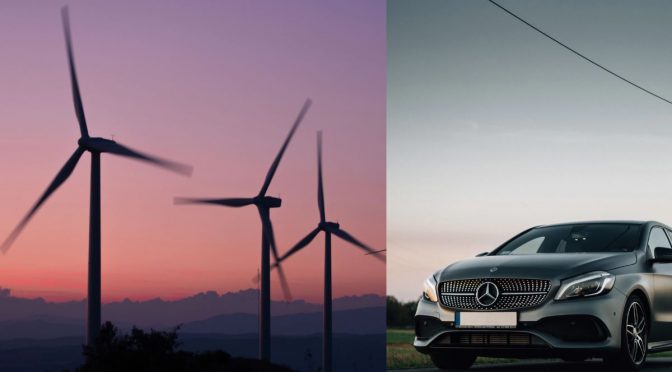Russia Resells Gas in Europe Amid Austria Cutoff: Supply Dynamics Shift as Winter Looms

Russian gas flows to Austria were halted for a second day on Sunday following a pricing dispute, but other European buyers quickly stepped in to acquire the diverted volumes, according to industry sources and market data, Reuters reports.
The suspension of gas supplies to Austria’s OMV came after the company sought compensation from Russian energy giant Gazprom over a legal arbitration victory. Despite the disruption, Gazprom confirmed that its overall daily supply to Europe via Ukraine remains steady at 42.4 million cubic meters per day, maintaining usual levels.
Austria had been receiving 17 million cubic meters (mcm) per day before the suspension. These volumes have since been redirected to other European buyers, with Slovakia reporting strong demand for Russian gas.
“Despite geopolitical tensions, there is still great interest in Russian gas in Europe,” said Slovak state-owned firm SPP.
While Austria reassured that it has ample gas reserves and alternative import options from Germany and Italy, a source familiar with the matter noted that Russian gas remains competitively priced compared to other suppliers.
The exact companies purchasing Austria’s diverted volumes were not disclosed.
The European gas market is navigating a precarious period, influenced by both geopolitical tensions and seasonal weather changes. The colder temperatures are driving increased demand, leading to earlier-than-usual withdrawals from the EU’s gas storage facilities.
Aldo Spanjer, senior commodities strategist at BNP Paribas, highlighted the impact of supply and weather conditions on the market:
“Supply and weather drivers have created concerns about end-of-winter gas stocks which, given the EU’s storage targets, might imply a need to buy significant [liquefied natural gas] volumes in the summer.”
The benchmark European gas price at the Dutch TTF hub surged to €45.72 per megawatt-hour on Friday, its highest in nearly a year.
Once accounting for 35% of Europe’s gas supply, Russia’s share has dramatically declined since the onset of the Ukraine war in 2022. Norway, the United States, and Qatar have taken over as primary suppliers.
Russia’s remaining European gas flows are under threat, with Ukraine’s gas transit agreement set to expire at the end of the year. Ukraine has indicated it will not renew the agreement, potentially ending the Soviet-era pipeline’s operations.
Other major routes for Russian gas have also been curtailed. The Yamal-Europe pipeline via Belarus has been shut due to disputes, while the Nord Stream pipelines under the Baltic Sea remain out of commission following explosions last year.
If Ukraine closes its transit route, Russia’s gas exports to Europe will largely depend on pipelines to Slovakia and Hungary, with Hungary primarily relying on the TurkStream pipeline via Turkey.

